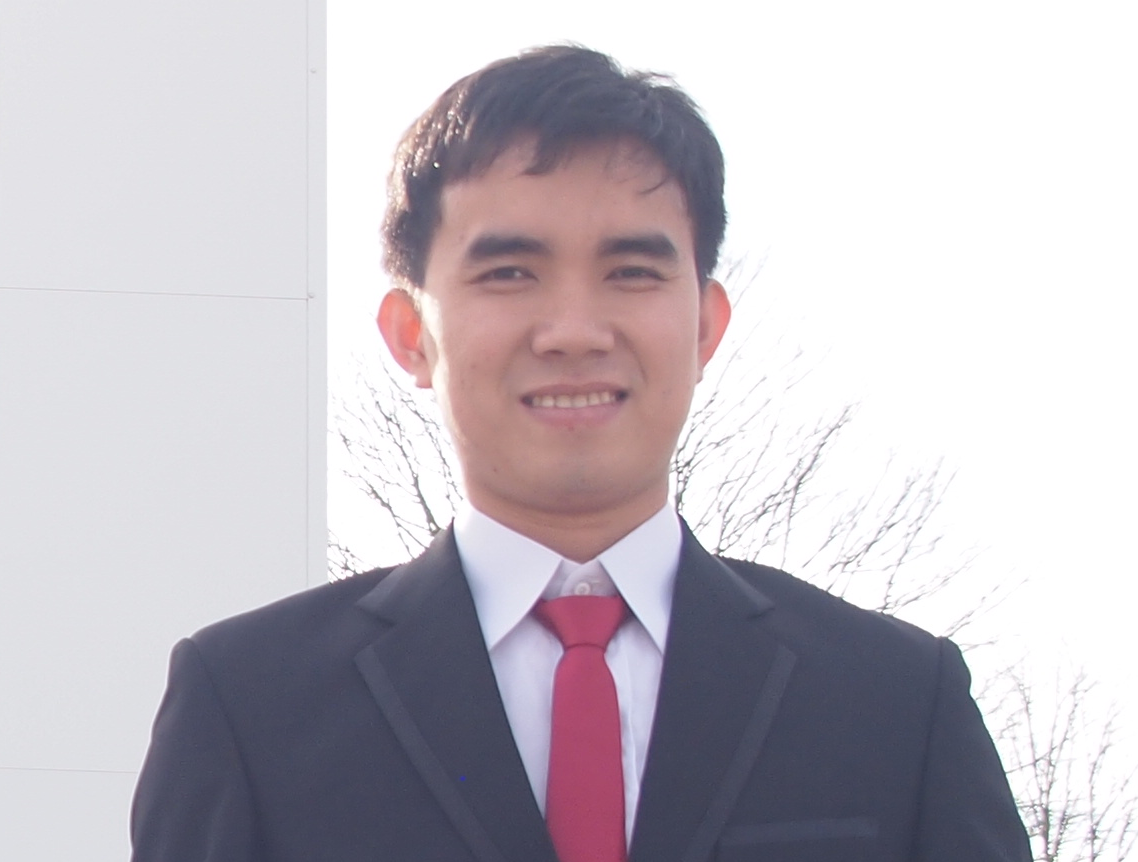
David Tran-Thanh NGO
Image processing/machine learning engineer
- E-mail: david-tran-thanh.ngo@sixense-group.com
- Phone: (33) 6 51 97 70 98
- Address: 45 rue des Alliés, Grenoble
- 32 years old, French-Vietnamese citizenship
- Download my CV
Profiles
I have been an R&D engineer with Sixense Mapping, where I am in charge of computer vision/machine learning projects at ScanLab, an excellence center for Vinci Construction. Before joining Sixense, I were an Eurofusion engineering fellow with the CEA Cadarache, France, where I were in charge of the conception and development of a software platform for the exploitation of infra-red imaging diagnostics in nuclear fusion devices (WEST tokamak and Wendelstein 7-X stellarator) .
My projects are briefly presented on my project page, and my CV is available here.
Professional Experiences
Sixense Mapping/Vinci Construction
R&D engineer
R&D Engineer in charge of computer vision/machine learning at ScanLab (an excellence center for Vinci Construction)
Specific tasks: development of a novel algorithm for automatic detection of accropodes from point cloud, development of deep learning-based defects detection (of civil structures such as building concrete crack, concrete spalling, ...) from orthophoto using Convolutional Neural Networks..
2019-now
CEA Cadarache/IRFM
R&D engineer
Working program: conception and development of a software platform for the exploitation of infrared thermography and visible diagnostics in nuclear fusion devices (WEST tokamak and W7-X stellarator).
Specific tasks: algorithm design (object detection, deep learning technique) and programming (in C++ with TensorFlow) for thermal event detection and tracking, development of the visual GUI application of the system (with Qt library).
2016-2019
Université de Strasbourg
R&D engineer
My PhD thesis is devoted to the detection of shadows, vegetation and buildings from single high resolution optical remote sensing images.
The first contribution of the thesis introduces a novel method that detects simultaneously shadows and vegetation from an high resolution optical image.
The second contribution of the thesis is a novel approach (ICIP paper and JSTARS paper) for the automated detection of buildings from monocular VHR optical images.
2012-2015
Télécom Physique Strasbourg
Teaching assistant
I have served as a teaching assistant during my PhD. I have experience in two modes of instruction: a) workshops for solving problems in classrooms and b) practice of programming using C and Matlab. Specifically, I have been in charge of four courses (for first- and second-year engineer students): image processing with Matlab programming, signal processing, numerical analysis and statistics.
2012-2015
Ifremer (Brest) - CLS (Toulouse)
Intern
My engineering intership was devoted to geolocate fish (european bar) from data storage tags. We presented a new hidden markov model that infers pelagic fish positions from the sole use of high-resolution temperature and depth histories. The project is detailed in this paper.
4/2012-9/2012
Education
University of Strasbourg
PhD degree
2012-2015
Thesis title: “Shadow/Vegetation and Building Detection from single optical remote sensing image”.
Supervisor: Christophe Collet, Professor and Vincent Mazet, Associate Professor, Télécom Physique Strasbourg.
IMT Altantique (ex-Telecom Bretagne)
Master and engineering degree
2010-2012
Speciality: Signal, Image, Embedded Systems and Automatics - option Image (SISEA-I).
Grade: excellent (17.31/20).
Ho Chi Minh University of Technology - Vietnam
engineering degree
2006-2010
The PFIEV (Programme de Formation d’Ingénieurs d’Excellence au Vietnam) program trains excellent engineers in Vietnam, supported by a consortium of Grandes Ecoles and validated by the French Commission des Titres d’Ingénieurs (CTI).
In 2010, I was one of two students of the "Telecommunication" class awarded the Vietnamese Government Scholarship to study in France.
Technical Skills
Programming languages:
C++
Python
Matlab
HTML/CSS
Libraries: OpenCV, Qt, TensorFlow, Keras, Scikit-learn, Numpy, Scipy, Pandas
Interests
I read a lot of books. Most of them are non-fiction. The last book I read was "21 lessons for 21st century" by Yuval Noah Harari.
In my free time, I play with my daughter.